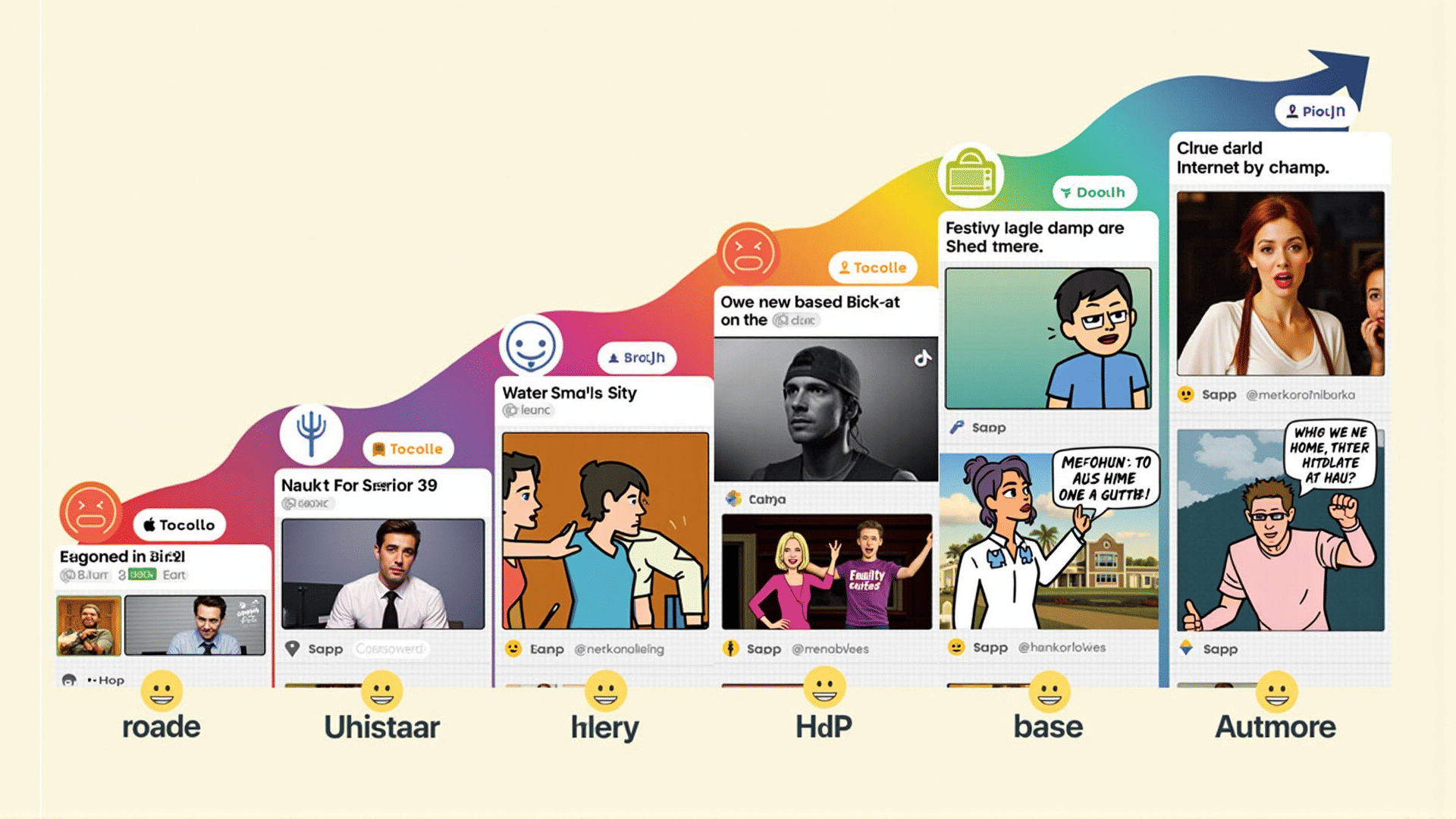The concept of memes has transformed dramatically over the years, evolving from simple text-based jokes to intricate video content that captivates audiences worldwide. This evolution reflects not only advancements in technology but also the dynamic nature of human communication and sense of humor.
Early internet memes were predominantly text-based, often presenting themselves as succinct jokes or witty statements shared across message boards and forums. These memes were heavily reliant on clever wording to elicit a response, often spread as inside jokes within specific online communities. Their charm lay in their simplicity and the shared understanding among internet users at the time.
As technology progressed, so did the nature of memes. The rise of image macro memes marked a significant shift, with popular examples such as the "advice animal" format. These combined images with bold, white text to create humorous or relatable scenarios. Platforms like Tumblr and Reddit played pivotal roles in this phase, offering spaces for memes to flourish and adapt to various subcultures.
The arrival of social media sites such as Instagram and Twitter facilitated the rapid spread and mutation of meme formats. Users were no longer just consumers but also creators, adapting memes to suit their personal tastes and experiences. This democratization of meme creation allowed for a broader range of humor and creativity, making memes an integral part of digital storytelling.
The adoption of smartphones and high-speed internet connections set the stage for a new era in meme evolution: video memes. Platforms like Vine, and later TikTok, became havens for this content format, where brevity and impact were key. Users creatively employed music, sound effects, and clever editing to craft engaging videos that ranged from comedic skits to satirical commentary. The loop feature on these platforms was particularly potent, allowing for continuous play and increasing the reach and impact of the content.
TikTok, in particular, revolutionized the meme landscape with its algorithm-driven discovery feature, enabling viral trends to emerge and spread rapidly. Here, meme culture thrives on collaboration and remixing, with users often building on each other’s content to create new iterations. This participatory culture has resulted in memes becoming more interactive and dynamic than ever before.
Today, memes continue to evolve, reflecting cultural shifts and technological advancements. They have proven to be a powerful form of digital communication, shaping how we engage with media and one another. As we look to the future, the potential for new meme formats and platforms seems boundless, promising continued innovation and creativity in this ever-evolving digital landscape.
